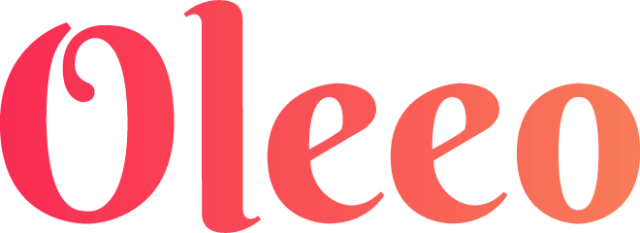The Glass Ceiling: What Does it Mean & How Do We Break it?

Recent studies have shown that over 75% of companies worldwide have diversity and inclusion policies in place to protect against prejudice and discrimination in the workplace.
However, as a working population, society is still tackling the problem of the metaphorical glass ceiling; the concept that women cannot progress into higher positions in their relevant companies due to discrimination, often based on sex, race and disability.
And, since Black Lives Matter and #MeToo movements, there has been an increasing focus on promoting diversity and inclusion in the workplace.
What does the glass ceiling mean for working women?
One of the most significant problems relating to the glass ceiling concept is the gender pay gap.
This, by definition, is the measure of the inequality of pay that is received for completing the same work to the same standard by different sexes. In the UK, the government has reported that the gender pay gap is at its lowest ever rate at just over 18%.
ActionAid estimates that globally, women earn on average 16% less than men, despite others reflecting that women, rather than men, are typically advancing to higher levels in education.
This means that even when women are working in the same positions as their male counterparts, with the same qualifications and experience, they are unable to achieve the same levels of financial or professional success financially.
We can compare this with the ‘Sticky Floor’ theory that claims that women are ‘stuck’ at the bottom of the figurative recruitment ladder in lower paid jobs, without an ability to move up the ranks.
How does Data Collection help?
Promoting the transparency of data helps to advocate diversity by using information to assess areas of inequality.
By using questionnaires, or the data collected on jobs applications, Oleeo’s Diversity Recruiting Platforms can track progress towards meeting diversity goals by quantifying your data anonymously and analysing it. This ensures that you’re on track to meeting your objectives for a fairer workplace.
This reduces the likelihood of making recruitment decisions based on unconscious bias – the result of societal conditioning of beliefs and values.
By removing the human judgement element of recruitment, the company can lean more into ‘Blind Recruitment’ – based on ability and experience alone.
What is the solution to breaking the glass ceiling?
There is no singular solution to tackling the issue of the glass ceiling. However, by creating inclusion and diversity policies and using software to combat any unconscious bias, employers can begin to deal with the root cause of inequality.
The use of Intelligent Writing in recruitment software is an prime example; it scans for masculine language choices within job descriptions and highlights them for replacement.
This means that job descriptions can remain targeted neutrally, without deterring diverse candidates from applying due to the tone or language used.
Overall, it’s clear that the business sector still has a way to go to breaking the glass ceiling. However, with the introduction of affirmative action to safeguard Diversity in Recruitment, steps taken through inclusive policies and use of objective software, it’s clear that steps are being made to improve prospects for working women and their career objectives.



